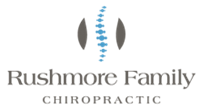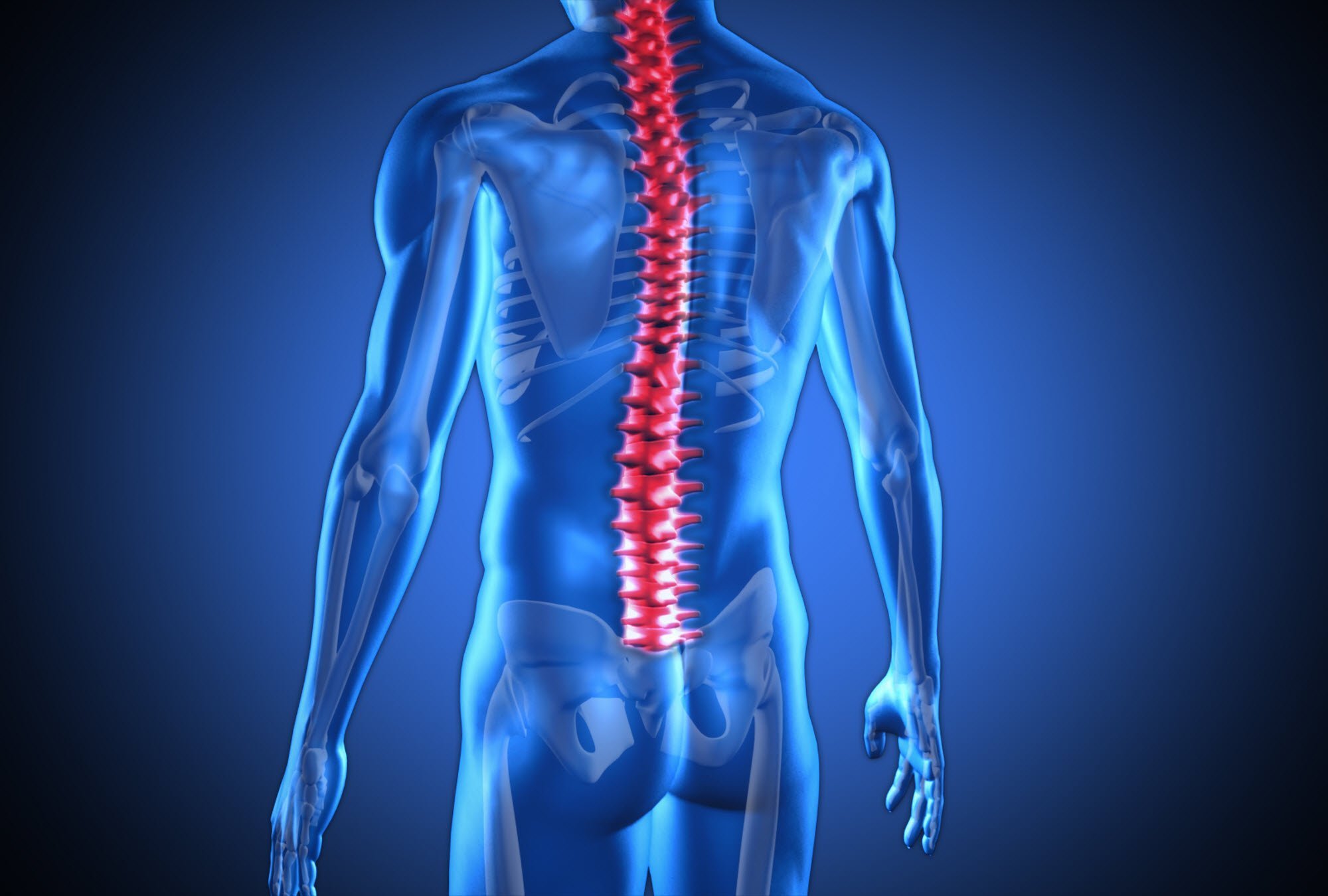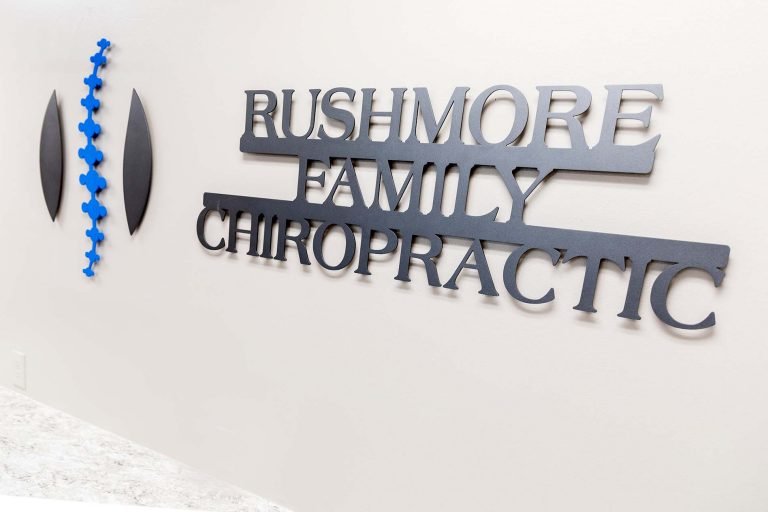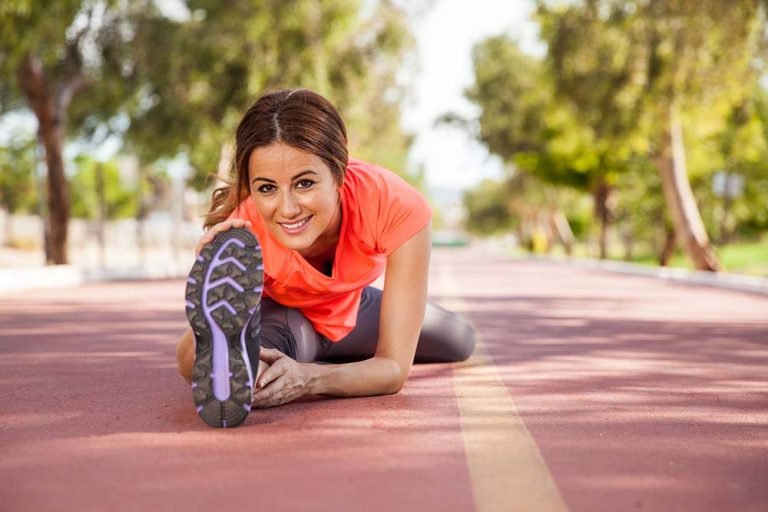We’re sure you’ve heard the term ‘slipped disc’ before and if you suffer from back problems, you might be wondering if this term applies to you.
All this month, we’re blogging about specific spinal disorders like Sciatica and Sacroiliac (SI) Joint Dysfunction. Now, we’re tackling the topic of slipped discs, one of the most common complaints among those who suffer with back trouble.
There are two main components to your spine: the spinal cord, which connects all nerves in the body to your brain, and the spinal column which is the ‘cage’ that surrounds and protects your spinal cord. The spinal column is comprised of twenty-four bones (7 in the cervical spine, 12 in the thoracic spine, 5 in the lumbar spine) plus the sacrum and coccyx (tail bone). Each bone is cushioned by a disc, which has a soft, jelly-like interior and a stronger exterior ‘ring’. Those discs absorb shocks and protect the bones during normal physical movement. A slipped disc is when the inner portion of the disk protrudes through the outer ring. It’s also known as a herniated or prolapsed disk, although ‘slipped disc’ seems to be the most commonly used term to describe the condition.
If you’ve experienced a slipped disc, you know that this can be very painful. The slipped disc creates pressure on the muscles and nerves around it. And if the slipped disc pinches one of your spinal nerves, there may also be tingling or numbness in the affected area.
Most ‘slipped discs’ occur in the lower-back area and can occur with or without warning. Signs that you may have a slipped or herniated disc include unexplained muscle weakness, tingling or burning sensations in the low back, and pain on one side of the body or both including pain extending into your legs and arms, pain that increases after standing or sitting, or even walking a short distance. Your level of pain can depend on many factors.
Age, naturally, is a factor in slipped discs since our discs, like all other parts of our body, can become worn especially with certain motions, like twisting or lifting heavy objects. As we age it’s important that we modify our physical behaviors to accommodate the natural wear and tear on our spines. But we also can strengthen our muscles, to better support our spine and decrease the chances of experiencing disc issues.
Losing weight is recommended for anyone at risk of herniated discs. Men are usually at higher risk than women of experiencing slipped discs, did you know? And of course, a sedentary lifestyle is also risky – so make sure you take lots of walking/stretching breaks from your desk work.
It’s very important that you not leave your slipped disc untreated. This can cause permanent nerve damage and even loss of mobility. Rushmore Family Chiropractic will work carefully with you to determine the best course of action, helping to overcome your injury and strengthen your spine to prevent the next slipped disc from occurring.









